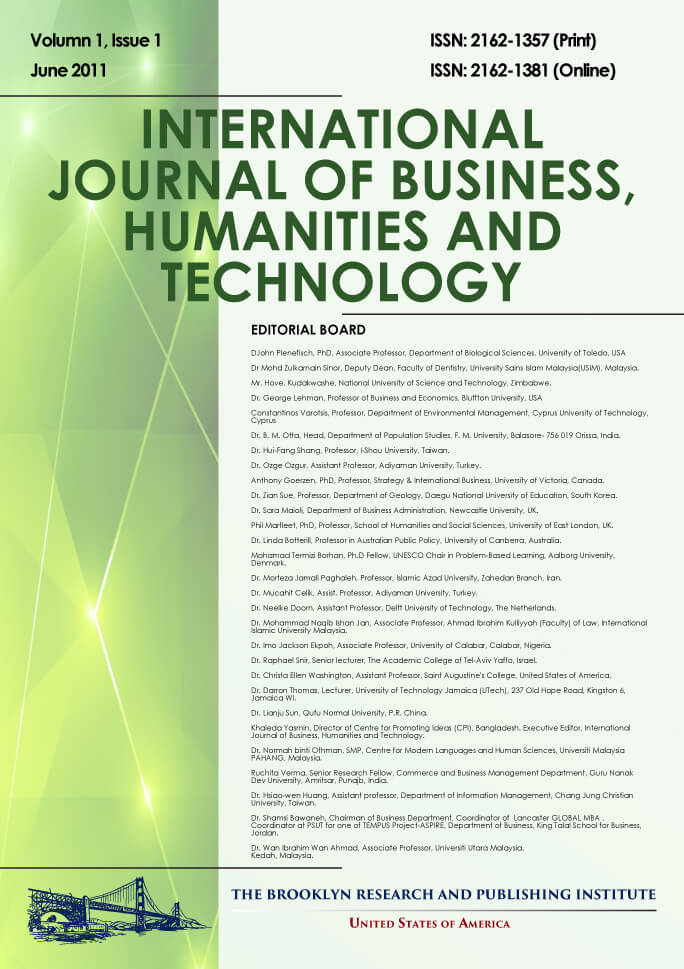The Effects of Instant Messaging on Distance Learning Outcomes
Stephen J. Kuyath, Roslyn A. Mickelson, Cem Saydam, Susan J. Winter
Abstract
This study examines the use of instant messaging (IM) for student-teacher communication in distance education (DE) courses. IM is a simple Internet communication tool that may reduce the sources of dissatisfaction cited by many DE students and improve their performance, perception of the amount of information learned, and satisfaction with a class. As a relatively synchronous communication tool, IM may reduce the DE student’s sense of social isolation, mediate quality interactions with the instructor, reduce the DE student’s perception of the dissimilarity between the DE course and the traditional course, and facilitate instructor immediacy behaviors. A quasi-experiment was conducted to investigate whether IM is associated with these improvements. The results suggest that DE students who use IM to communicate with their instructor performed better and perceived IM to be higher in social presence than those students who used only asynchronous communication tools such as email.
Full Text: PDF

The Brooklyn Research and Publishing Institute
442 Lorimer St, Ste D, Brooklyn, NY 11206, United States
© 2025 The Brooklyn Research and Publishing Institute. All rights reserved.

